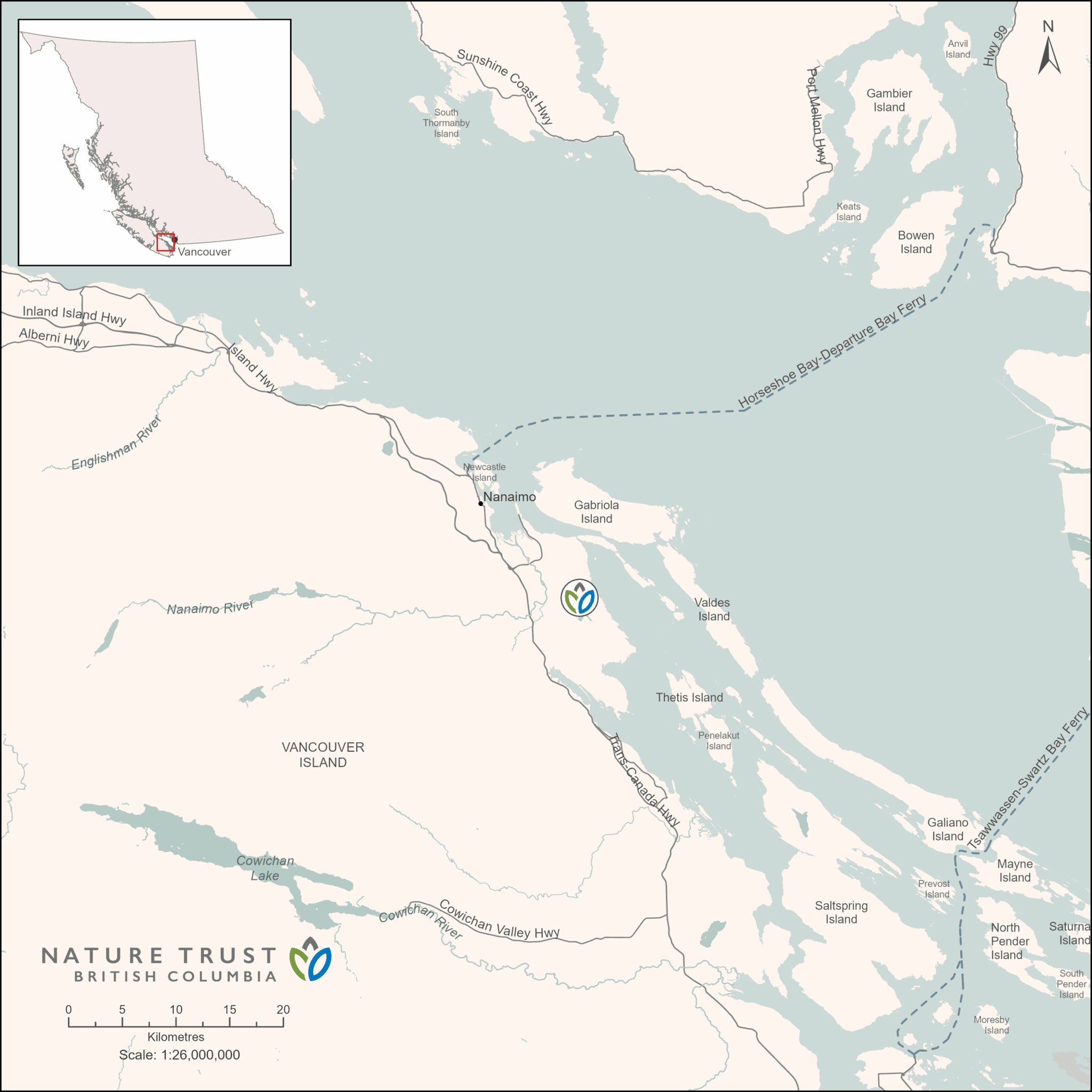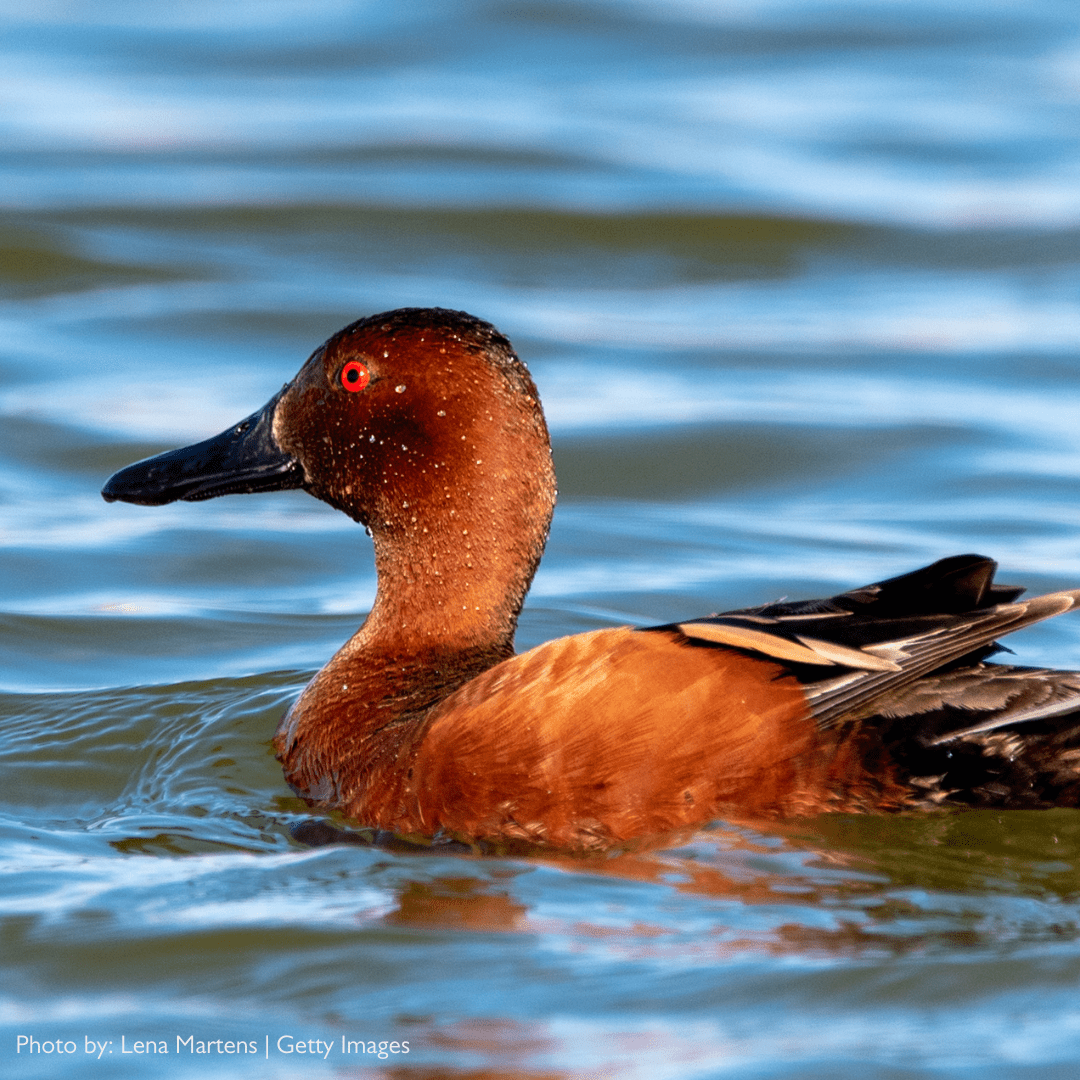Together, we protected rare and vulnerable coastal forests and wetlands at Quennell Lake on Vancouver Island forever. With our supporters and generous funding from our partners at MapleCross, The Nature Trust of BC raised $340,000 to protect 136.8 acres of Quennell Lake’s ecologically significant land near Nanaimo.
Why is protecting quennell lake – Maplecross forest so important?
- It contains a rare and vulnerable ecological zone. Quennell Lake is a part of the Coastal Douglas-fir moist maritime biogeoclimatic zone: one of the smallest and rarest BEC zones in the province.
- It provides vital habitat for migratory birds. The Quennell Lake area provides habitat for more than 150 waterfowl species and migratory birds, including green-winged teal, cinnamon teal, and western sandpipers.
- It contains ecosystems at risk. The land potentially contains globally imperiled ecological communities and supports rare plants and invertebrates.
- It’s an essential carbon sink. The land contains wetlands that are critical for carbon capture on the landscape.
Keep reading to learn more about the Quennell Lake – MapleCross Forest and what makes this land so special and critical to protect.


